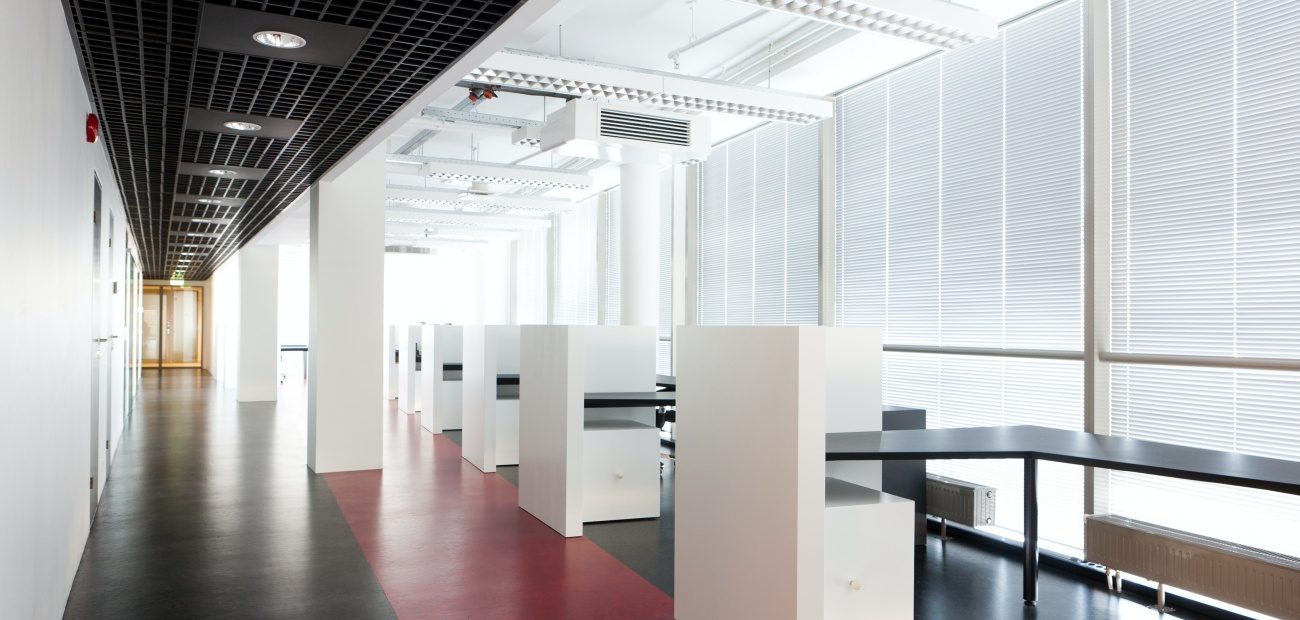There’s always investment money out there ready to snatch up bargains. That may be the one thing owners, managers, and brokers in the office sector can count on during these tremulous times.
At the start of 2020, office buildings looked primed for another solid year; 2020 was expected to mark 12 consecutive years of improvement since the last recession. The vacancy rates had been steadily falling, from 16.5% in 2009 to 12% right before the pandemic. What derailed that streak—unprecedented job losses, the biggest stimulus package ever by several multiples, and the shift to remote work and videoconferencing—will impact the office space for years to come.
Even with many states advancing into the next phase of the reopening, office buildings across the country are standing empty. Many office workers are reluctant to reenter the workplace. More and more companies are announcing work-from-home flexibility until the end of the year or even into 2021.
Unlike the retail sector, where many small businesses in downtown locations or big box department stores at closed shopping malls are going under and hence not paying rents, office rents are still being paid for the most part, even if the spaces aren’t being utilized. Going by stock prices, some companies, such as the big tech and biomedical industries, are actually booming and expanding in the midst of the pandemic. Office space expansion, however, is not happening even among these companies.
Why Price Drops Must Be Meaningful
Nationwide, as of the end of June, there were 2.07 million fewer jobs in sectors comprising financial activities and professional business services, industries that heavily use office spaces. That’s an 8% reduction in office jobs and a commensurate 8% reduction in office space needs. Such a change would correspond to an office vacancy rate rising by around 400 basis points to 16%, essentially back to the last recession levels, in a very short period. Even if the economy were to rapidly grow and reach back up to peak employment, say over the next 24 months, which is in the realm of reasonable possibility, the demand for office space is unlikely to rise in any meaningful way. Aside from the remote work expansion, plentiful fresh supply of space was already hitting the market early in the year and will continue to do so as office construction cannot be stopped in mid-stage. The new office construction spending was running at a $72 billion annualized rate in the months before the pandemic, which is well above the $45 billion average over the past 20 years.
Not only has leasing all but stopped, but the buying and selling of commercial buildings is also not happening during the pandemic. Large expensive property transactions (those involving buildings priced above $2.5 million) were down a whopping 68% in the second quarter of this year compared to a year ago. The sales decline was less sharp for more affordable buildings, partly reflecting frozen conditions in major downtowns and increased interest in suburbs and smaller towns.
To get deals done, owners might consider quickly lowering the price in anticipation of higher vacancy rates and lower rents. At least 15% off the peak price may be appropriate. This change, after all, is not so painful considering office property prices have essentially doubled over the past decade. Some may hope that the super low interest rates, which should be with us for the next couple of years at least, will more than offset falling office rent revenue. But the reality of remote work will force cap rates to rise and prices will fall. Rents will be pressured to decline by 10% in 2020 in order to draw new tenants.
The Limits of Videoconferencing
One wild card going well into the future is how much of the current remote work will become permanent. Before the pandemic, only 5% of the work force principally worked from home. The new reality could be as high as 20%. Research on worker productivity consistently has shown no loss of productivity from remote work involving repetitive or similar tasks.
But how well will companies innovate without face-to-face collaboration? New ideas translate into new products and services. Yet, collaborating via videoconferencing is clunky at best. In group interactions, it’s less clear when to interject your thoughts in that critical half-second pause—or how to quickly advance the conversation using body language to disagree or concur with other participants during the discussion. Video doesn’t allow for the water cooler conversations that lead to new thoughts not even considered before arriving to the office in the morning. These types of communication are the stuff of business dynamism for future growth.
If companies determine that having employees in the office is the key to growth and survival, then we can expect office demand to rise commensurately with broader employment growth. Otherwise, approach transactions with the expectation of a sluggish recovery ahead.













